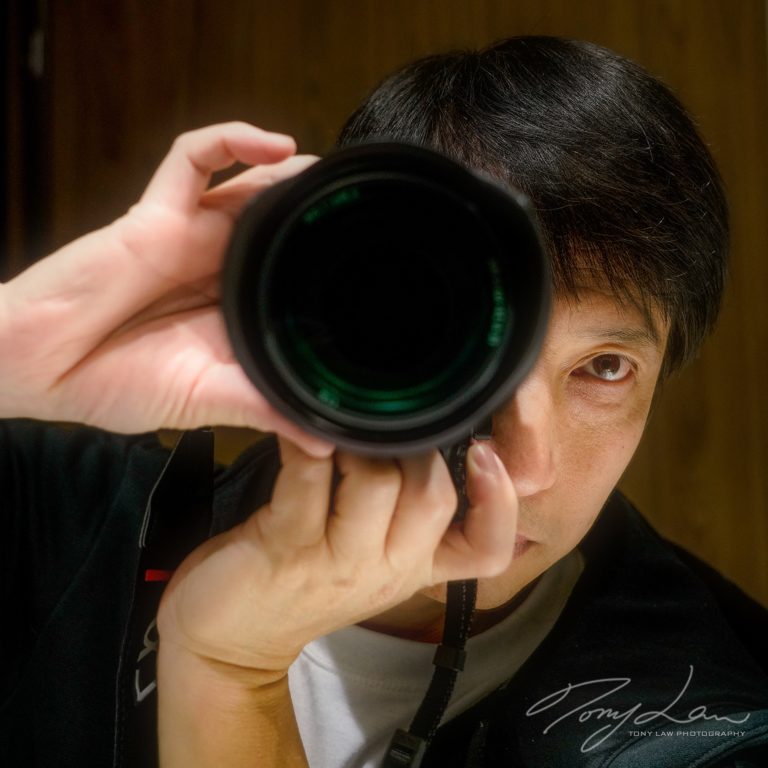Q: Tell us a bit about your background and history.
A: I was born and raised in Guangzhou, China, where many of my relatives, classmates and friends still live. I go back to visit them almost every Christmas holiday. I lived with my grandmother in the countryside when I was a child, and then I went back to Guangzhou to study. At that time, although resources were scarce and the whole country was poor, my life was still very happy. I often returned to my rural hometown in Zhuhai during the school holidays. There are many good memories of my childhood. It wasn’t until China implemented the reform of opening up in 1978 and restarted the country that it was in line with the world.
Q: You moved to Australia in the early 1990s. Was it difficult for you to blend into a culture which is quite different from yours?
A: Yes, it was very difficult for a few years, mainly due to language barriers and the pressure of survival. I needed to work while studying, but with my own efforts, I slowly integrated into local society and found my favorite job. At that time, I did not have many friends, and I often missed my hometown, but I really liked Sydney ’s lively environment, fresh air, beautiful city and natural scenery.
Q: You studied art from a young age, and later became interested in photography at university. How did your education influence your journey?
A: My parents are teachers, but that had nothing do with it. Painting was a hobby from a young age. Since the beginning of primary school, I have been helping to draw posters and do publicity work for my school. Later, I was sent to the Guangzhou Children’s Palace to learn painting. After graduating from high school, I worked in a hotel for three years, and finally worked hard to finally enter the Guangzhou Academy of Fine Arts, majoring in industrial design. During the school period, I started working part-time and undertook some interior design projects. After working for half a year after graduation, I came to Australia for further study, and ultimately decided to stay here.
I was already interested in photography when I was in university. We used old film cameras at that time, but I didn’t have much time to study photography in depth until I joined the “Chinese Photographic Society of Australia Inc.” in 2011. I was influenced by other members and started to go out to do photography. I later joined the “Australian Seascape Photography Group”, which is mostly made up by local Chinese landscape photographers. I have met many excellent photographers there, and we often go out together to take photos, exchanging idea and experiences. My photography skills improved a lot ever since joining.
Q: Now you shoot sports, seascape and astrophotography. These require very different skills. Which one is your favourite and why?
A: Sports, seascapes, and astrophotography are all my favorite subjects. They all need to use different shooting and post-skills. For sports I mainly shoot Rodeo, surfing, racing, etc., but there are not many opportunities for local shooting. Astrophotography is seasonal, and the Milky Way can be photographed in Sydney mainly in winter and spring. Because the east coast of Sydney has a long coastline, it is more unique to take seascapes. My home is only a 15-minute drive from the beach, so I take more seascapes. Seascape photography requires special attention to the weather, sunrise, tide, wind direction, and waves. Different effects will be taken at the same place at different times, and different exposure times can capture different forms of tide.
Q: Your winning photo at IPA 2019 was “Mad Cow” about a rodeo cowboy who falls of a bull during a Rodeo event in Australia. Tell us about that moment, and what it’s like photographing Rodeos?
A: I am lucky enough to be able to capture this photo because it is a fast and passionate movement. The scene changes rapidly. Sometimes it is possible to capture the cow in a very dynamic state, but the human face may be facing away from the camera and can capture both It is quite difficult for the people to be in good dynamics. I have been to rodeo events over ten times, and this is the most satisfactory photo I have taken. After taking the picture, I made appropriate adjustments to the background to enhance the dramatic effect.
There are quite a few rodeo events in Australia, but they are all in the countryside, so not many are around Sydney. I like rodeo because the sport is very wild and rough, nervous and exciting, challenging and unpredictable, and often there are unbelievable scenes.
Q: What does this IPA recognition mean to you?
A: I am honored to be recognized by IPA, which will greatly help my future development, and it is also a kind of affirmation for my photography career, which makes me more confident to develop in this area.
Q: What are you plans for the future? What do you wish to achieve in the next 10 years?
A: I don’t have any special plans. I hope I can take more good photos in the future, do what I like and do not feel like I need to rush through life. I especially want to travel around the world visiting exotic places and explore undiscovered natural scenery.

